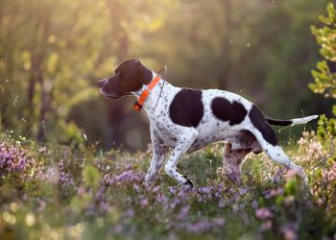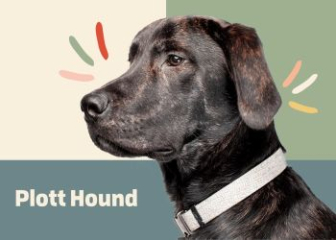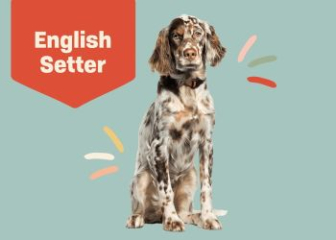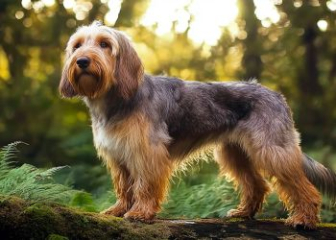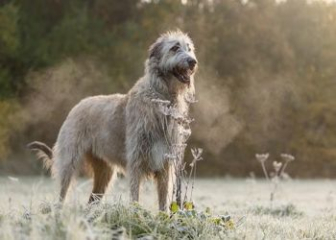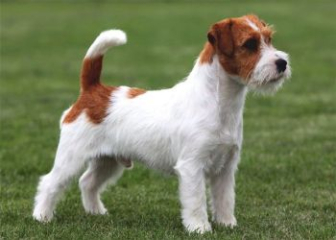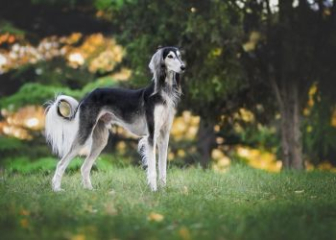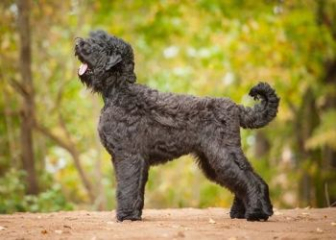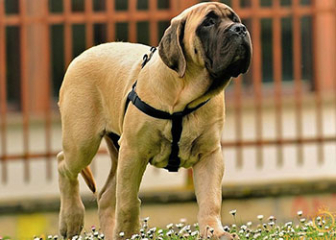Bloodhound – The Dog with the Best Sense of Smell in the World
Blog | by
The Bloodhound is a large-sized hunting dog weighing up to 80 kg, renowned for its exceptional scent-tracking ability. It is commonly used in search and rescue missions thanks to its unparalleled sense of smell.
Also known as the Chien de Saint-Hubert, the Bloodhound is a powerful scent hound that originated in Europe. Despite its impressive abilities, it has one of the shortest average lifespans among dog breeds—just about 6.75 years.
Let’s dive deeper into this incredible scent-tracking breed, exploring its origins, appearance, personality, and price in the article below from Dog breed!
Where Does the Bloodhound Come From?
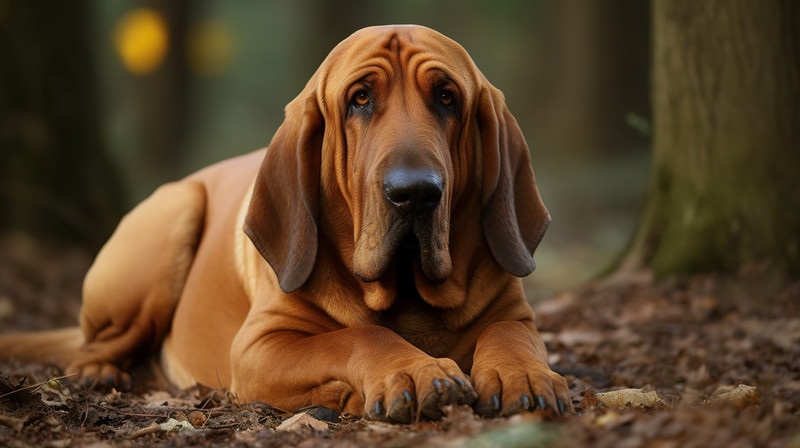
The Bloodhound – A Scent Hound Originating from France and Belgium
The Bloodhound traces its roots back to regions of France and Belgium, first appearing during the Middle Ages, around the year 1000 AD. It is believed to be a descendant of ancient Roman scent hounds.
Historical Development of the Bloodhound:
-
7th Century: The Bloodhound was bred and raised by monks at the Saint-Hubert Monastery in Belgium. This is why it is also known as the Chien de Saint-Hubert (Saint-Hubert Hound).
-
11th Century: Bloodhounds were brought to England during the Norman conquest led by William the Conqueror. In England, the breed was further developed by crossing it with other scent hounds like the English Foxhound, American Foxhound, Coonhound, and Swiss Jura Hound—enhancing its exceptional sense of smell.
-
19th Century: The Bloodhound was introduced to America, where it gained popularity in police work, search and rescue, and tracking thanks to its unmatched scenting abilities.
Fun fact: The name "Bloodhound" has nothing to do with “blood” or blood-related abilities. It actually comes from the term "Blooded Hound", meaning a purebred hunting dog.
Appearance of the Bloodhound
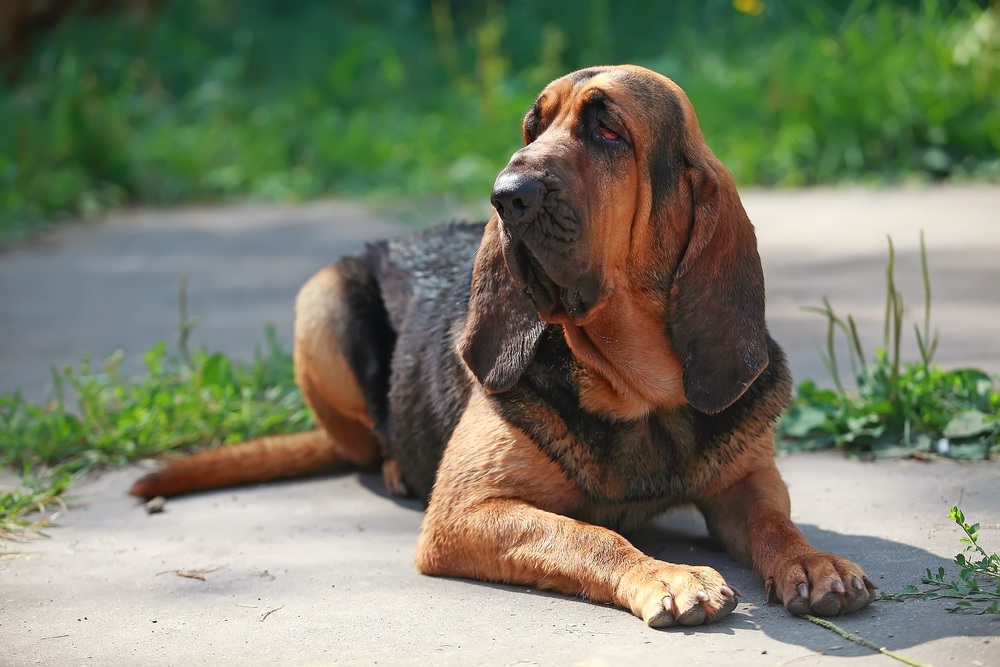
Appearance of a Purebred Bloodhound
The Bloodhound is a large scent hound with a distinctive appearance—loose, saggy skin and long, drooping ears. Let’s take a closer look at the physical traits that define a purebred Bloodhound:
-
Weight: 33–55 kg (80–110 lbs)
-
Height: 58–69 cm (23–27 inches)
-
Build: Large but not bulky; long, straight back with a deep chest
-
Head: Big, long, and slightly narrow, yet well-proportioned with a broad forehead
-
Facial Skin: Loose and droopy—one of the breed’s most recognizable features
-
Eyes: Almond-shaped with a slightly droopy look, giving a sleepy appearance—but they’re actually very alert. Common colors include dark brown or amber
-
Ears: The longest of any dog breed—thin, soft, and hang loosely along the sides of the face
-
Nose: Wide and large with open nostrils for superior scent detection; black or brown depending on coat color
-
Tail: Long, thick, and curves upward
-
Legs: Straight and strong with large, sturdy paws
-
Coat: Short but dense, not rough, and water-resistant
-
Common Coat Colors: Black and tan, red, liver and tan (liver coloring is rarer)
Temperament of the Bloodhound
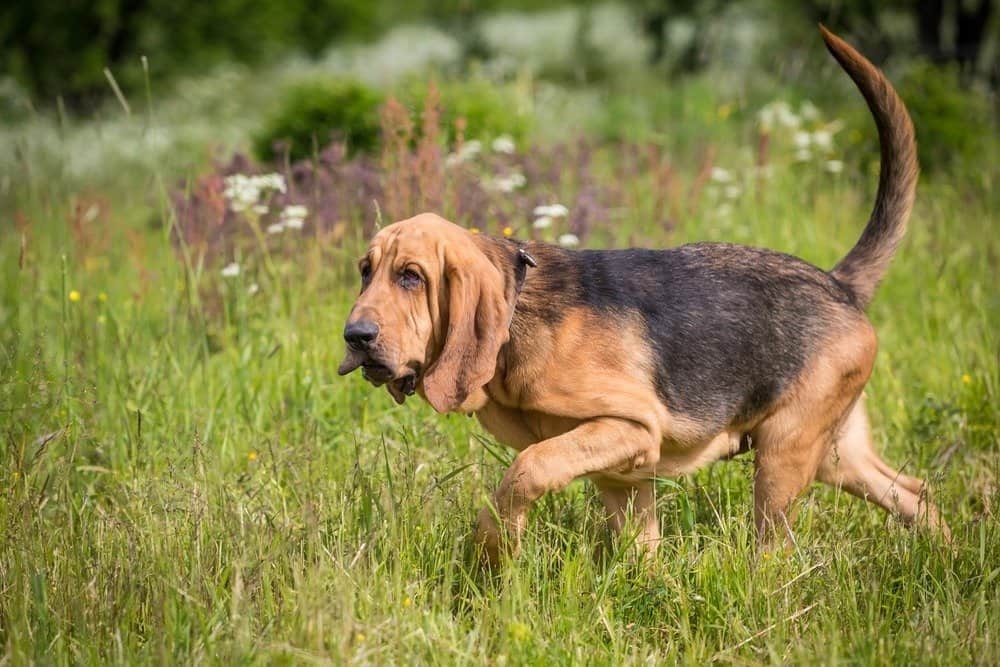
Bloodhounds Love to Track Scents
Let’s explore the personality traits of the Bloodhound to see whether it’s aggressive or has any unique behavioral quirks:
Gentle and Friendly
Despite being a large hunting breed, the Bloodhound has a very gentle and friendly temperament. It gets along well with people and other animals, and rarely shows aggression—even toward strangers.
Intelligent but Stubborn
Bloodhounds are quite smart, but also a bit stubborn. They prefer doing things their own way rather than following commands. As such, training requires patience and consistency from the owner.
Vocal – Likes to Howl and Bark
Bloodhounds are known for their tendency to howl or bark persistently, especially when bored or trying to alert their owner to something. If you don’t want to be disturbed by their deep, echoing howls, it’s best to start training them early.
Loves Sniffing and Exploring
With an incredibly powerful sense of smell, Bloodhounds absolutely love to sniff. They can follow scents for hours without getting bored. However, this can become troublesome—during walks, if you're not paying attention, they might wander off following an interesting scent trail.
The Bloodhound’s Superior Scent-Tracking Ability
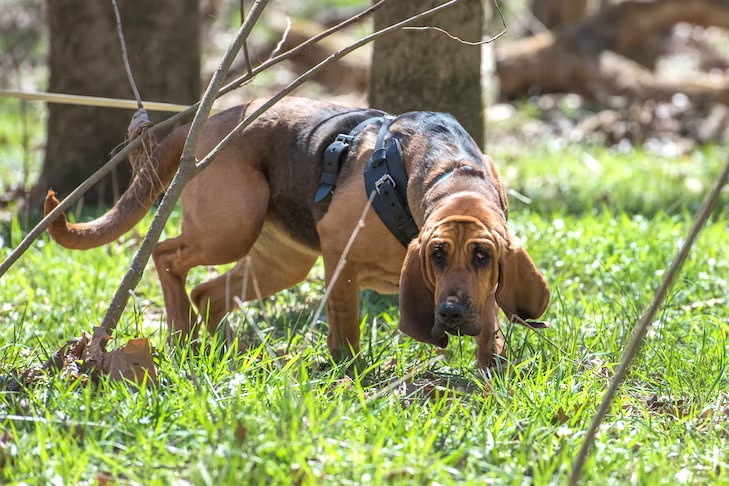
Bloodhound – The World’s Best Scent-Tracking Dog
The Bloodhound is often called the “scent detective” of the canine world thanks to its incredibly sharp sense of smell. These dogs can follow a scent trail that’s days old, and over distances stretching tens of kilometers.
The Bloodhound’s Extraordinary Nose Structure
The reason behind this breed’s unmatched scenting ability lies in its unique nasal anatomy:
-
Exceptionally High Number of Olfactory Cells:
Bloodhounds have up to 40 times more scent receptors than humans—the highest among all dog breeds. -
Large Olfactory Membrane:
Their olfactory membrane covers up to 150 cm², and air passes through a special filtering system that allows them to distinguish individual scent molecules. -
Loose, Wrinkled Facial Skin Helps Trap Scents:
The Bloodhound’s signature droopy skin and deep facial wrinkles trap and retain scent particles, helping the dog follow a trail for long periods without losing the scent.
How Well Can Bloodhounds Track Scents?
Along with a powerful nose, Bloodhounds have remarkable endurance and can track for long periods and distances:
-
They can follow a scent trail that is 10–15 days old.
-
They can track a scent over distances of up to 210 kilometers (130 miles) without losing the trail.
Incredible Scent Discrimination Abilities
Bloodhounds are capable of incredibly fine scent discrimination:
-
Can identify the scent of a single person among hundreds.
-
Remain unaffected by other surrounding smells when tracking.
-
Able to track on the ground, detect scent in the air, and even in dense forests or rugged terrain.
Famous Cases Solved by Bloodhounds
Thanks to their exceptional tracking skills, Bloodhounds have been used in law enforcement, search and rescue, and recovery operations. Here are some notable cases:
-
1805 (UK): A Bloodhound helped British police capture a murderer hiding deep in the forest.
-
1954 (USA): A Bloodhound found a missing child who had been lost in the woods for two days.
-
2007 (Florida, USA): A Bloodhound named Lou helped police solve a major criminal case by tracking the suspect from the crime scene all the way back to their home.
How to Care for and Raise a Bloodhound
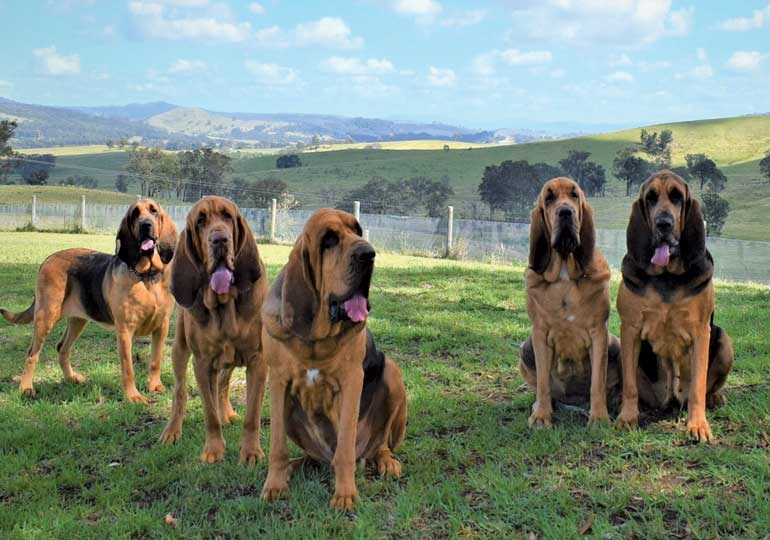
Bloodhounds Raised in Safe, Fenced-In Areas
If you're interested in owning a scent-tracking dog like the Bloodhound but aren’t sure how to properly care for one, the detailed guide below will help you ensure a healthy and happy pup.
Proper Diet for Bloodhounds
Bloodhounds love food and are not picky eaters, which puts them at high risk of obesity. It's essential to control their diet and maintain a healthy weight.
Recommended Nutritional Breakdown:
-
Protein (20–30%) – Found in beef, chicken, eggs, fish
-
Fat (Moderate) – From sources like fish oil and animal fat
-
Carbohydrates – Whole grains, brown rice, sweet potatoes
-
Fiber & Vitamins – Carrots, pumpkin, cabbage, broccoli, etc.
Foods to Avoid:
-
Greasy, overly salty, or spicy foods
-
Spoiled or expired food
-
Chocolate, onions, garlic
Feeding Tips:
-
Use a slow-feeder bowl to reduce eating speed and prevent bloating
-
For puppies under 6 months: Feed 4 meals/day with soft porridge, stewed foods, and finely chopped vegetables
-
For dogs over 6 months: Feed 2–3 meals/day with a balanced diet; limit starchy foods to prevent weight gain
Coat and Skin Care for Bloodhounds
Though their coat is short and easy to manage, their wrinkled, saggy skin can harbor bacteria if not cleaned properly:
-
Bathe 2–3 times per week using dog-safe shampoo
-
Wipe facial and neck wrinkles with a damp soft cloth to prevent bacterial buildup
Ear, Eye & Dental Care
Bloodhounds have very long, droopy ears that are prone to ear infections. Here's how to care for their senses:
-
Clean ears regularly using cotton pads or soft cloths
-
Wipe eyes daily to remove discharge
-
Brush teeth 2–3 times per week; provide chew toys or soft dental bones for oral hygiene
Exercise & Training for Bloodhounds
Bloodhounds are not naturally active, so consistent light exercise is essential to avoid weight gain and keep them fit:
-
Walk 30–60 minutes daily; avoid overexertion, especially running, to protect their joints
-
Start training at 2–3 months old to help them grow up obedient and manageable
-
Use gentle and patient methods—Bloodhounds are notoriously stubborn
Regular Health Checks & Vaccination
Due to their unique body structure, Bloodhounds are prone to issues like digestive disorders, skin infections, and eye problems. Be proactive with health care:
-
Ensure full vaccination: Rabies, 5-in-1, 7-in-1
-
Apply flea, tick, and parasite prevention
-
Deworm regularly as advised by your vet
-
Schedule health checks 1–2 times a year for early disease detection
Ideal Living Environment for Bloodhounds
Being large dogs, Bloodhounds need a spacious environment and are not suitable for small apartments. They also require regular interaction and attention—if left alone for long periods, they may become bored, anxious, and start howling or barking excessively.
Common Health Issues in Bloodhounds
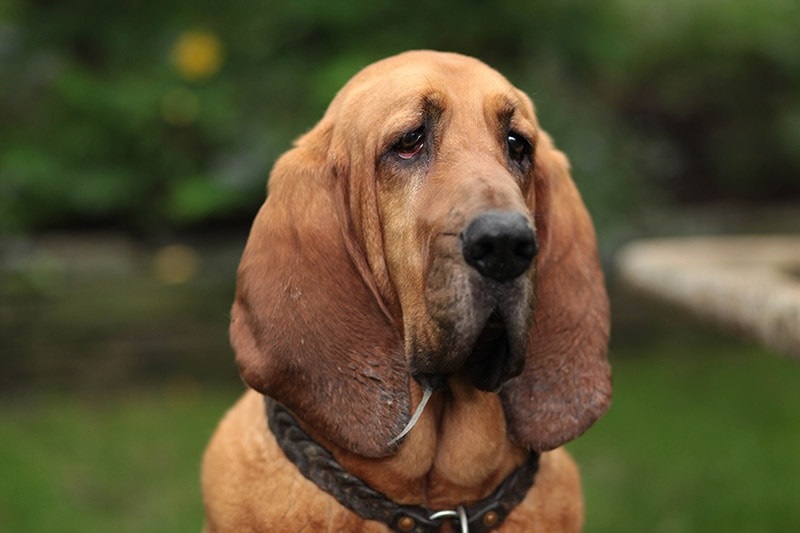
Bloodhound with Long, Droopy Ears
Below are some common and dangerous health issues often found in Bloodhounds. Let’s take a look at their symptoms and how to prevent or treat them.
Gastric Dilatation-Volvulus (GDV – Bloat)
Due to their deep chest structure, Bloodhounds are highly prone to bloat or gastric torsion, a life-threatening condition. Studies show that up to 34% of Bloodhound deaths are caused by this illness.
-
Cause: Overeating, eating too quickly, swallowing too much air
-
Symptoms: Swollen belly, dry heaving, difficulty breathing, excessive drooling
-
Prevention & Treatment: Feed smaller portions throughout the day, avoid activity right after meals, and use slow-feed bowls. Seek immediate veterinary care if symptoms appear.
Eye Problems
Bloodhounds have large eyes with droopy eyelids, making them prone to several eye conditions:
-
Cataracts: Cloudiness in the lens that can lead to blindness
-
Entropion (inward-rolling eyelids): Can irritate or damage the cornea
-
Ectropion (outward-rolling eyelids): Can cause dryness and infections
Preventive Tip: Regularly clean and check your dog’s eyes to avoid infections or complications.
Seborrhea (Oily Skin Disorder)
Due to their loose, wrinkly skin and active oil glands, Bloodhounds are vulnerable to seborrhea, which can cause skin infections and odor.
-
Symptoms: Greasy or flaky skin, itchiness, hair loss in patches
-
Prevention: Bathe regularly using medicated shampoo, keep skin folds clean and dry
Ear Infections (Otitis Externa)
Their long, hanging ears are warm and moist—perfect conditions for bacteria and yeast to grow.
-
Symptoms: Foul odor from ears, pus discharge, frequent ear scratching, head shaking
-
Prevention: Clean ears weekly and dry thoroughly after baths
How Much Does a Bloodhound Cost?
Bloodhounds are relatively expensive dogs. Their price varies significantly depending on origin and breed purity. Here's a breakdown of Bloodhound prices in Vietnam:
| Origin | Estimated Price (VND) | Details |
|---|---|---|
| Locally bred (no paperwork) | 15–30 million | Likely mixed breed, low purity |
| Locally bred (with paperwork) | 35–50 million | Comes with VKA certificate, higher purity |
| Imported from Thailand | 50–80 million | Comes with FCI certification, purebred and in good health |
| Imported from Europe/USA | 80–150 million | 100% purebred, superior health and appearance |
Buying Tips for Bloodhound Owners
-
Only purchase from reputable breeders or pet shops to ensure breed quality, clear origin, and proper health consultation
-
Ask for documentation—breed certification, vaccination records, and proof of origin
-
Avoid low-priced Bloodhounds, as these are likely mixed breeds with unclear lineage and potential health risks
Gallery of Beautiful Bloodhounds
To wrap up, enjoy a collection of stunning Bloodhound images we’ve put together below—showcasing the noble charm and powerful presence of this incredible scent-tracking breed!
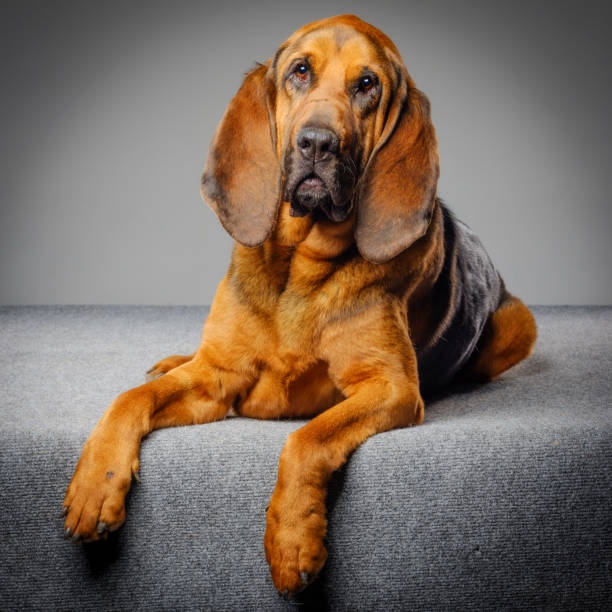
Bloodhound with a Face That Always Looks a Little Sad
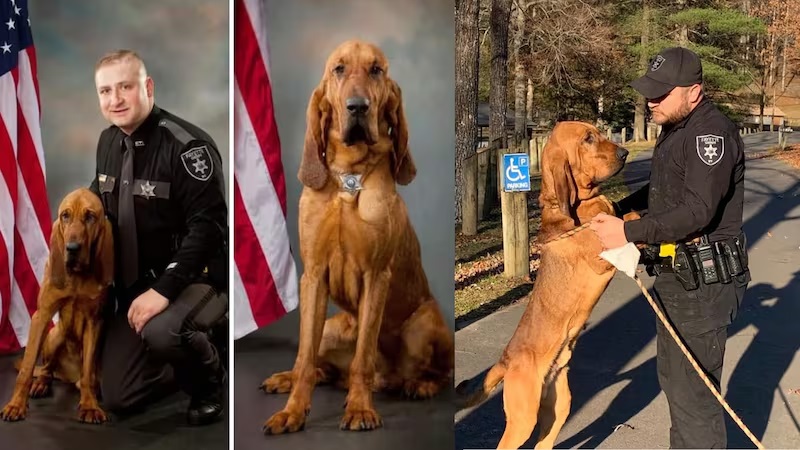
The Bloodhound – A Brilliant "Police Officer" on Four Legs
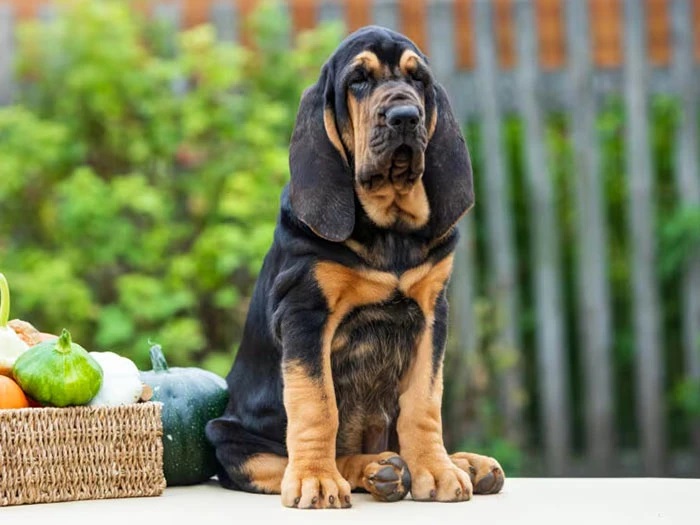
Adorable Bloodhound Puppy with a Lovable Appearance
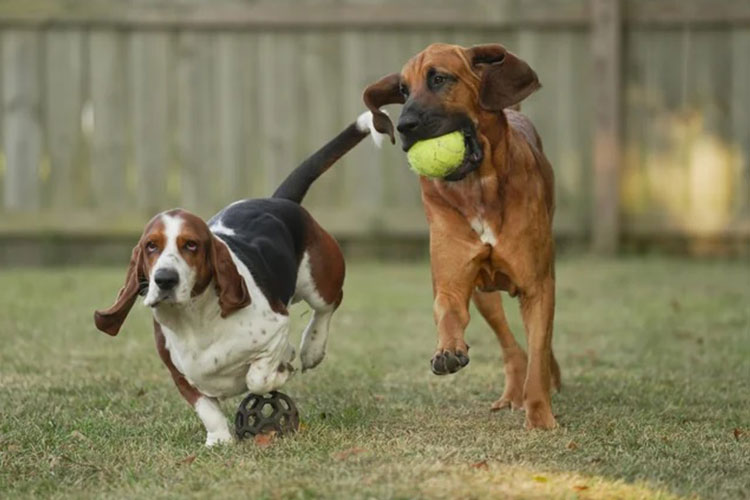
Bloodhound and Basset Hound Playing Together
Through this article, dogbreed.wiki has provided you with a comprehensive overview of the Bloodhound—from its origin, appearance, and personality to care and training tips. As you can see, this is a large, high-maintenance breed with a higher price tag and a need for spacious living conditions, so it may not be suitable for everyone. Be sure to carefully consider whether you have the means and environment to raise this remarkable dog.
Thank you for reading, and we’ll see you again in future Blog posts where we explore even more fascinating dog breeds from around the world!
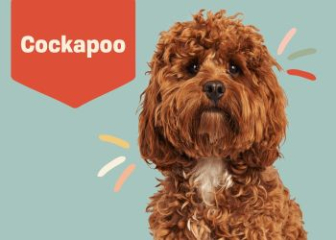
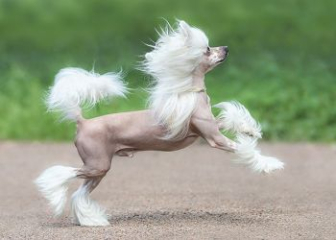
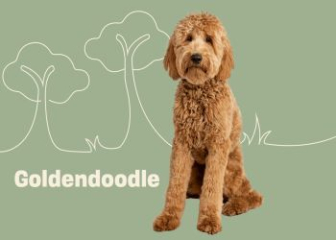
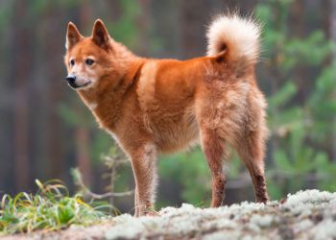
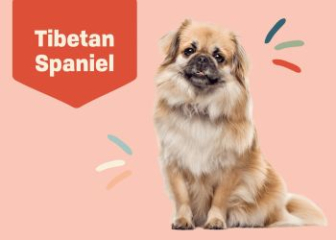
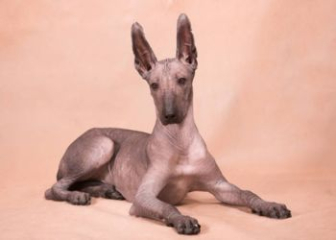
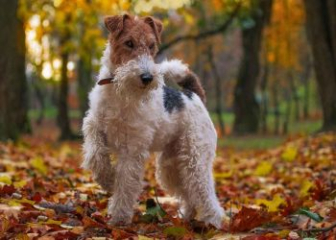

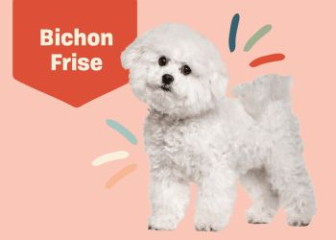
_350x250.jpg)

